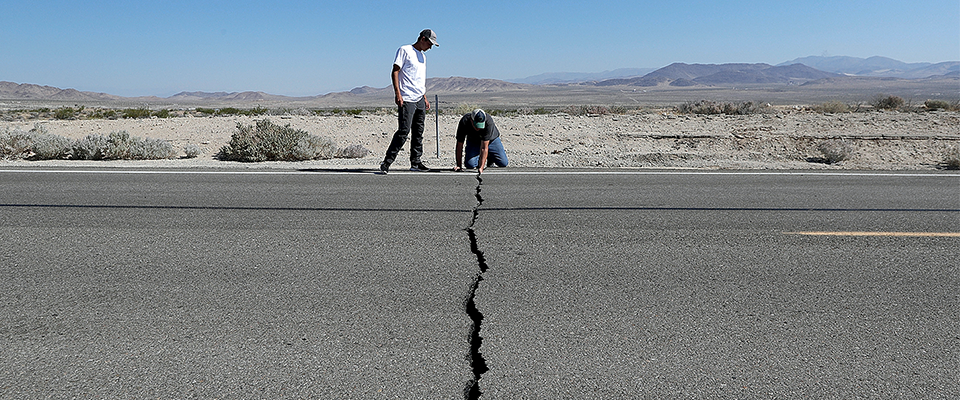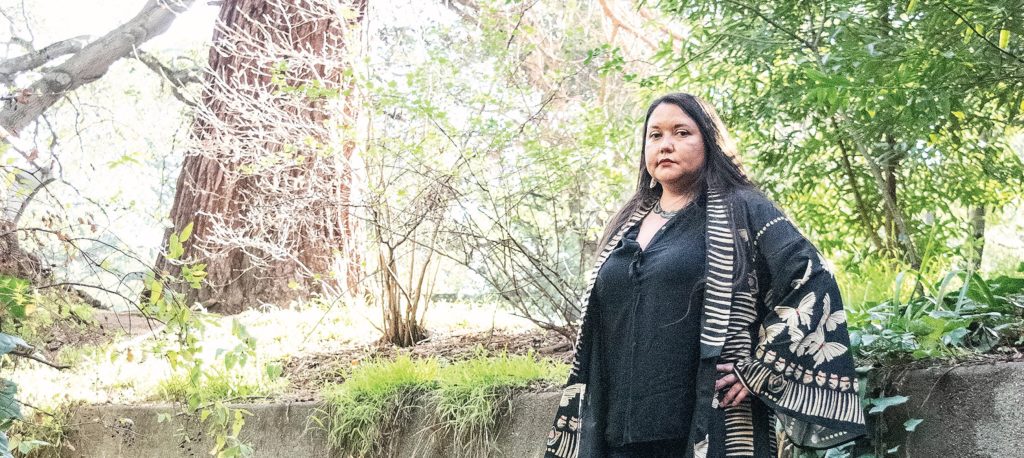Chile’s disaster tells experts what California is doing right – and wrong – to prepare for the next big one.
In 1985, Jack Moehle, Professor of Civil and Envirnomental Engineering at Berkeley, traveled to Chile to sort through the rubble left in the wake of the devastating 7.8 magnitude earthquake that rocked the coast. He was one of a number of Californian and Chilean engineers who collaborated to study the structural damage. As a result of their research, both the United States and Chile modified their building codes to nearly identical standards. This year, Moehle and a Berkeley reconnaissance team returned to Chile in the aftermath of the 8.8 magnitude shaker on February 27. Because of the similarity in building codes, the sort of damage Moehle has found could predict how California would fare in a major quake.
In Chile’s big cities, Moehle’s team inspected reinforced concrete buildings—those with concrete poured over a square grid of steel rods—for structural damage. They found that unlike the United States, Chile’s standards no longer required helical rebar, in which steel rods are wrapped around vertical rebar, like hoops instead of a grid, to prevent concrete walls from crumbling when overstressed. Chilean government officials had relaxed this regulation because in previous earthquakes, very little damage to buildings without helical rebar was discovered. But those earlier quakes were all under magnitude 8 and shook for less than two minutes. Moehle’s photos from his trip show how stronger, longer quakes leave conventional buildings with bent rebar and cracked and crumbling concrete.
Structures in Chile that followed building codes similar to those in the United States, however, fared well. Most notably, those built with the critical helical rebar remained, for the most part, standing.
Although this may seem like a good sign for California, Eduardo Fierro, president of the consulting firm BFP Engineers in Berkeley offers a caution. “If somebody tells you that California buildings are built better than in Chile and that buildings here will behave well in an earthquake, then you tell them that the new [California] buildings may, but that the old [California] buildings are built exactly the same way as when earthquake engineers didn’t exist.” Fierro, an earthquake engineer who often works with the University’s Pacific Earthquake Engineering Research Center, landed in Chile just four days after the 8.8 quake in February.
According to Fierro, unreinforced masonry buildings, the dominant form of construction in 1920s California, are the most dangerous. A 1986 state law required seismic retrofitting for these buildings, but it did not explicitly state what those upgrades had to be. Thus in many cases, retrofits were minimal, leaving these still-existing structures not much safer than before. Fortunately for California, the 1986 law prohibits construction of any new buildings made of unreinforced masonry.
Another potential for disaster in any earthquake-prone area, Fierro said, lies in soft-story buildings: wood frame houses or apartments with ground-floor parking garages. During an earthquake, the parking garage collapses, the first floor comes crashing down, and the second floor becomes the new ground floor—as demonstrated during the 6.9 Loma Prieta earthquake of 1989.
For Fierro, other worrisome structures are San Francisco’s most iconic—the 30-story skyscrapers, which for economic reasons have the same earthquake resistance of a 10-story structure. The 20 additional stories won’t make much difference to a building’s structural integrity during a weaker quake, such as a magnitude 5, but the impact of a magnitude 7 or greater would be significant.
Scientists predict that the Bay Area will experience a magnitude 7 or greater quake in the next 50 to 100 years. Engineers like Moehle and Fierro are working to make sure we are as well prepared as we can be. “Living in earthquake country is all about managing the earthquake risk,” says Moehle. “Californians need to recognize that it can happen to them. Homeowners should make their homes safe, starting with falling hazards and working down to simple seismic retrofits for residential construction. Each homeowner should keep basic supplies on hand. And they should have a plan to get home and take care of family in the event of a big earthquake.”




















